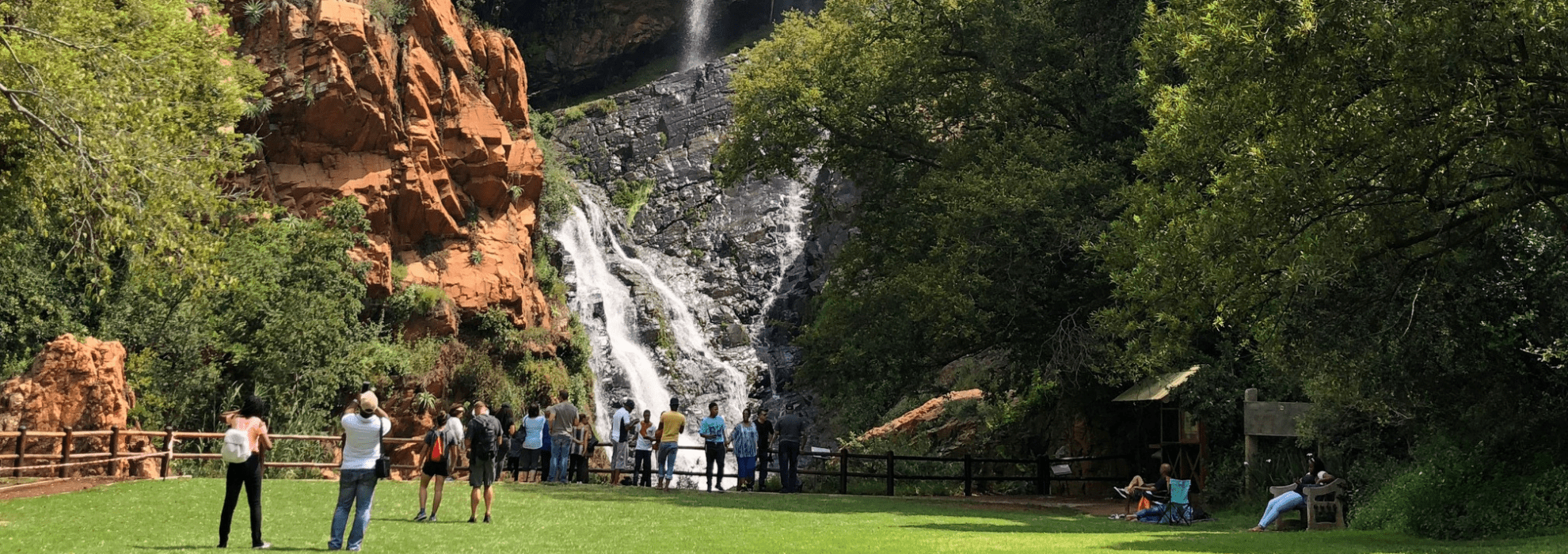Johannesburg North Attractions Things To Know Before You Buy
Johannesburg North Attractions Things To Know Before You Buy
Blog Article
The 8-Minute Rule for Johannesburg North Attractions
Table of Contents6 Easy Facts About Johannesburg North Attractions ShownExcitement About Johannesburg North AttractionsThe Ultimate Guide To Johannesburg North AttractionsThe Facts About Johannesburg North Attractions RevealedAll About Johannesburg North Attractions7 Easy Facts About Johannesburg North Attractions Explained
The city owes its location to the existence of a much more priceless source: gold. The city expanded on the side of the Witwatersrand Main Reef, a subterranean stratum of gold-bearing quartz-silica conglomerate that arcs for hundreds of miles underneath the Highveld. A lot of the gold mines in the city stopped operation in the 1970s, however in its day the Witwatersrand gold sector accounted for greater than 40 percent of the globe's yearly gold manufacturing.Johannesburg has a temperate climate. Summertime temperatures balance concerning 75 F (24 C); wintertime temperature levels balance concerning 55 F (13 C) and only sometimes dip listed below cold. The city takes pleasure in about eight hours of sunshine daily in both winter and summer season. Rainfall averages about 28 inches (700 millimetres) per annum, however the total differs significantly from year to year.
What rainfall the city receives drops almost solely in the summer season, frequently in magnificent late-afternoon electric storms. Air pollution poses a significant problem, especially in the winter season, when thermal inversions impede the westward circulation of air from the Indian Ocean. Pollution is most extreme in the largely worked out Black municipalities on the city's periphery, where lots of residents still depend on coal for gas.

Johannesburg North Attractions for Dummies
The equilibrium of the city is occupied by whites. Holiday accommodation differs in personality and quality.
Physical development, although rather restricted by transportation, continued promptly as migration to South Africa, and Johannesburg specifically, enhanced considerably. This issue was resolved in the 1930s when the vehicle was presented in mass production to South Africa. Vehicles were, generally, restricted to the well-off, and permitted them to relocate to the north of the city and commute right into the centre.
A lot of poor suburbs were blended, with inadequate blacks and whites living together, although the affluent suburban areas were usually scheduled for whites.
The number of individuals living in the internal city on an informal basis is unidentified, as many are illegal immigrants. The joblessness, education and learning, and age accounts of the area are all unknown, due to the trouble of obtaining reliable info about the location.
The Ultimate Guide To Johannesburg North Attractions
Centred on the CBD, the area consists of the suburban areas of Yeoville, Bellevue, Troyeville, Jeppestown, and Berea to the east. To the west it infects Pageview (Johannesburg North attractions) and Fordsburg. There are tiny enterprise zones to the south, such as City West-Denver and Benrose. Around 800,000 commuters travel through the internal city on a daily basis, and it operates as a regional purchasing node for site visitors from the southerly residential areas. Yeoville and Bellevue have a mix of apartment and single property units on tiny lots. The area is located on a mountainous divide that ranges from eastern to west. The most obvious geographic attribute is Observatory Ridge, which is named for the huge observatory located on it. The recreational spaces are no much longer made use of, as a result of security problems.

The Ultimate Guide To Johannesburg North Attractions
The eastern suburban areas are some of the earliest areas of Johannesburg, there are large communities of Jewish and other European histories, the majority of the population is English talking. There are three golf courses as well as a number of protected ridges with viewsites.
The area is mostly made up of old "matchbox" houses, or four-room residences constructed by the government, that were built to give inexpensive holiday accommodation for black employees during racism. Soweto is an acronym, meaning "South Western Townships". Road after street around is lined with matchboxes; nonetheless, there are a few smaller sized areas where thriving Sowetans have actually built houses that are a lot more comparable in stature with those in more wealthy residential areas.
Hostels are another popular physical attribute of Soweto. check it out Originally built to house male migrant employees, numerous have been enhanced as houses for pairs and families. The N1 Western Bypass skirts the eastern border of Soweto. The suburb was not historically permitted to produce work centres within the location, so nearly all of its residents are travelers to other components of the city.
Some Known Facts About Johannesburg North Attractions.
The domestic areas in the north residential areas are primarily formal, with no considerable locations of informal housing, or real estate that does not have a long-term framework. This resource is a well-known area, there is a fad of land usage modification from property to industrial, especially along major arterial roads and around well-known nodes.
Roadways to the east and west are less well created, as there are no freeways travelling in that direction. Towards the north border of the city, the density of development lowers, leaving huge locations of undeveloped land around Midrand.
The 10-Second Trick For Johannesburg North Attractions
The very first suburb to the north of the inner city is Parktown, which lies on a hillside ignoring the central city Check Out Your URL and Hillbrow. It has lots of rich locals and Edwardian-design mansions, along with the Education and learning and Medical campuses of the University of the Witwatersrand. The huge concrete Charlotte Maxeke Johannesburg Academic Hospital dominates the sky line of Parktown.
Report this page